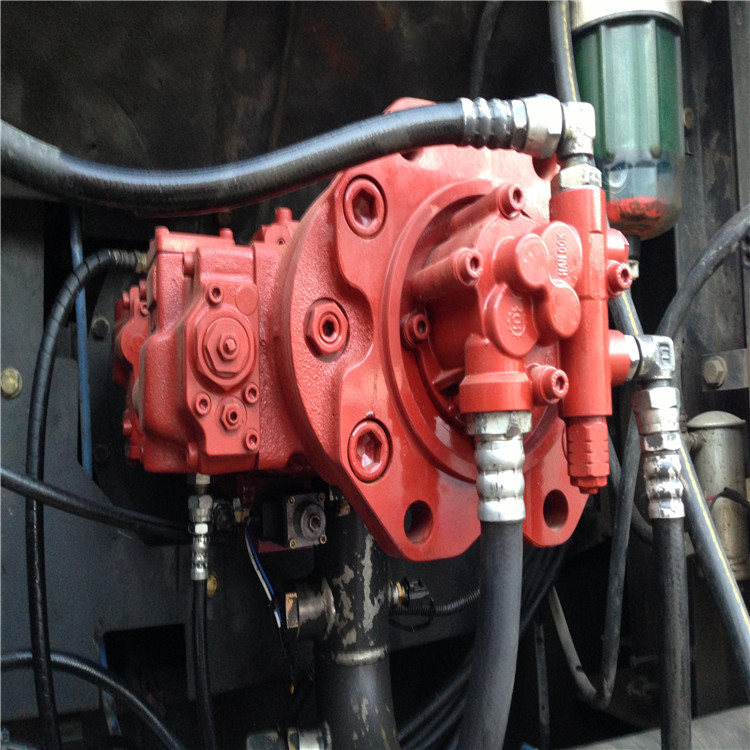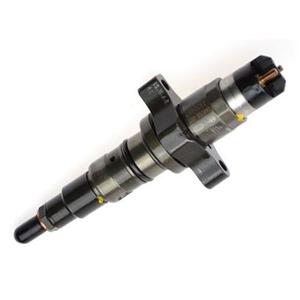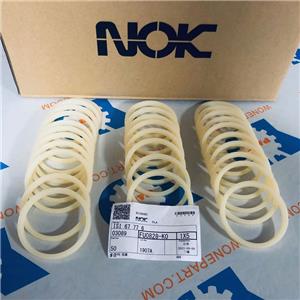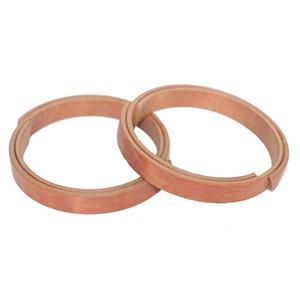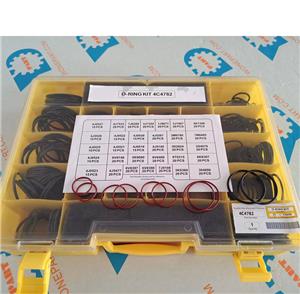What should I do if the hydraulic pump or hydraulic valve system runs slowly and under speeds?
What should I do if the hydraulic pump system runs slowly and under speeds?

The hydraulic system runs slowly, which is often referred to as under speed. Under speed does not work, but fails to meet the system requirements, so troubleshooting is difficult and there are many situations. The following summarizes the two situations and specific causes of hydraulic system under speed for your reference.
1 Adverse effects of hydraulic pump under speed
The under speed of the hydraulic pump actuator (hydraulic cylinder and hydraulic motor) includes two cases:
The first is that the speed is not fast enough during fast movement (fast forward) to reach the design value and the specified value of the new hydraulic pump;
The second is that its working speed (industry) under loading significantly decreases with increasing loading, especially for large hydraulic pumps and heavy-loading hydraulic pumps. This phenomenon is particularly significant, and speed is generally related to the flow.
Under speed first affects production efficiency and increases the cycle working time of the hydraulic pump; under speed phenomenon often stops motion under large loadinging, which will affect the normal operation of the hydraulic pump. For hydraulic pumps that require rapid movement, such as surface grinders, insufficient speed will affect the roughness of the grinding surface.
2 Under speed failure cause
1) Reasons for insufficient fast movement speed
This is a common fault in the maintenance of hydraulic pumps, which can be caused by the following aspects.
① The output flow of the hydraulic pump is insufficient and the output pressure cannot be reached.
② The overflow valve is permanently deformed or misfitted as a weak spring, the main valve core damping hole is partially blocked, and the main valve core is stuck in the position of the small opening, causing the pressure oil output by the hydraulic pump to overflow into the fuel tank and enter the system. The effective flow to the actuator is greatly reduced, which makes the speed of fast movement insufficient.
③ The internal and external leakage of the system is serious: Generally, the working pressure is low when fast-forwarding, but it is much higher than the pressure of the oil return circuit. When the piston seal of the hydraulic cylinder is damaged, the internal leakage of the two chambers of the hydraulic cylinder due to channeling is large (there is a pressure difference), which makes the rapid movement speed of the hydraulic cylinder insufficient, and internal and external leakage of other parts.
④ High resistance during fast forward, for example, the lubrication of the guide rail is cut off, the insert pressure plate of the guide rail is adjusted too tightly, the installation accuracy and assembly accuracy of the hydraulic cylinder are poor, etc., which causes the friction resistance to increase during fast forward.
2) Reasons for the apparent decrease in working speed during work
During the work feed, the work feed speed is significantly reduced under the loading, even if a large speed control valve (throttle valve, etc.) is opened, it needs to be analyzed and repaired from the following aspects.
① Under the loadinging of the system, the working pressure increases and the leakage increases. The adjusted speed decreases due to the increase of internal and external leakage.
② The system oil temperature increases, oil viscosity decreases, leakage increases, and effective flow rate decreases.
③ The design of the hydraulic system is unreasonable. When the loading changes, the flow rate into the actuator of the hydraulic equipment also changes, causing a change in speed.
④ Impurities are mixed in the oil, which will block the throttle of the flow control valve, resulting in a decrease in the speed of the feed;
⑤ There is air in the hydraulic system.
3 How to eliminate under speed?
1) Eliminate the faults of insufficient output flow and low output pressure of the hydraulic oil pump.
2) Eliminate the failure of the pressure valve such as the overflow valve to make the pressure inaccessible.
3) Find out the location of internal and external leakage, eliminate internal and external leakage, and replace hydraulic pump parts with severe wear to eliminate internal leakage.
4) Control oil temperature.
5) Clean the parts such as relief valve, and change the oil in time when the oil pollution is serious.
6) Find out the cause of air intake in the hydraulic system, and eliminate the air in the hydraulic system.
4 Hydraulic system maintenance recommendations
1) Maintain normal oil level. An oil level gauge should be set in the fuel tank to observe and refill frequently.
2) The oil performance should be checked regularly, and the fuel tank should be replaced and cleaned in time when the requirements are not met.
3) The oil filter should be cleaned frequently to ensure smooth suction of oil.
4) After the oil pump works for a period of time, the mounting screws or oil inlet and outlet valve screws may become loose (due to vibration). Pay attention to inspection and tighten to prevent loosening.
5) The maximum hydraulic shock force of the system must not exceed 14Mpa.
6) If you want to do system maintenance well, you must know the relationship between the working temperature of the oil in the tank (open circuit) and the temperature of the environment. The maximum temperature anywhere in the system must not exceed 90 degrees.
If you have other hydraulic pump system and pump parts questions, pls feel free to contact us via email info@wonepart.com or whatsapp:+86-15860751932 or INS: spare parts jones as following
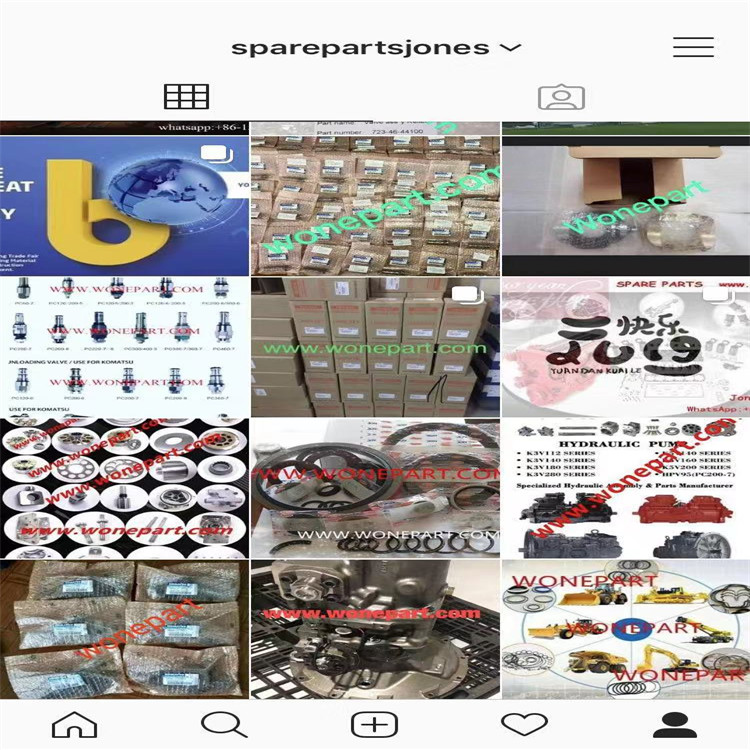
Reference
Journal of Construction Machinery and Maintenance
